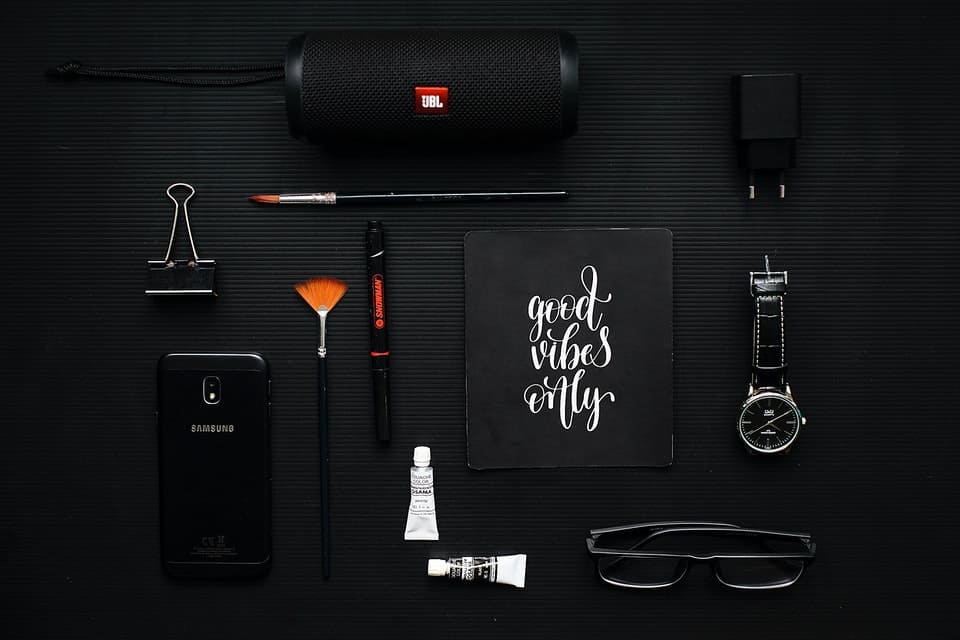Sometimes, the default fonts just won’t cut it. There are so many fonts out there, for both free and for a premium charge, that might need to be installed for one reason or another. However, sometimes they come with some extra steps and files that get concerning. What happens if those extra files are deleted? Can they be tidied up?
After extracting the font to the system’s Fonts folder, the leftover files can be safely deleted. As long as the font file itself remains intact within the Fonts folder, it will be usable and everything else can be deleted.
As long as a font file is placed in the Fonts folder, every program that utilizes the system’s fonts will have access to it. Only the font file should be installed into the Fonts folder, everything else can be safely deleted. Keep reading to learn more about font files and how to handle them.
Which Files are the Font?
When downloading a font, sometimes they come in a .zip file folder with multiple things inside of them. They might also come in some sort of compressed archive file like a .rar in order to make them smaller and easier to download. Sometimes these contain another folder, a ReadMe, or some other versions of the font. However, the only files that need to be installed into the Fonts folder is any file that is an actual font file type.
These are font file types:
- TrueType (.ttf)
- Open Type (.otf)
- TrueType Collection (.ttc)
- PostScript Type 1 (.pfb + .pfm)
Anything that is not one of these file types can be safely deleted once the font has been added to the Fonts folder.
How to Install and Remove Fonts in Windows
Once a font is downloaded, it’s time to install it. However, sometimes fonts will also need to be deleted as well. The good news is this is extremely easy to do.
Installing Fonts
Installing fonts in Windows can be done a number of ways, especially depending on the version of Windows. One option is to simply right click on the font and select Install.
Here is another way to install fonts in Windows:
- Download the Font: Extract if necessary. Keep this window up with the font file accessible.
- Close programs: New fonts won’t show up until a program is started fresh, so close down Word, Photoshop, or anything else that is going to need to use this font.
- Navigate to the Fonts folder: This can be done by simply searching for Fonts in the search bar or going to Control Panel>Appearance and Personalization>Fonts.
- Drag the font to the Fonts folder: Just drag and drop the file itself to the Fonts folder.
That is all there is to it. A simple right click or a drag and drop if the Install option is not showing up with a right click. Any leftover files that came with the font can now be deleted.
Removing Fonts
Removing fonts is just as simple as installing them in the first place.
Here’s how to remove fonts in Windows:
- Navigate to the Fonts folder: Either by searching or going through settings just like when installing.
- Select the font to be removed: Either left or right click works.
- Select Delete: If right click, it will be on the menu that appears. If left click, select Delete from the toolbar.
The font will then be permanently deleted from the system, not dropped into the Recycling Bin. If it ever needs to come back, it will need to be redownloaded.
How to Install and Remove Fonts in Mac
Windows isn’t the only OS that can install and remove fonts. Macs can do it too, and it’s also incredibly simple.
Installing Fonts
Nothing special needs to be downloaded to install fonts. The only thing that needs to be installed is the font file.
Here’s how to install fonts in Mac:
- Download the font
- Open the font file in Finder
- Double-click on the [Font Name].ttf
- Click Install Font
It can also be dragged and dropped directly into the Font Book in most models. Anything that isn’t the font itself can then be safely deleted.
Removing Fonts
Removing fonts in Mac is just as simple as installing them. You just need the right tools and some extra time!
Here is how to remove fonts in Mac:
- Launch Font Book
- Select fonts to be removed
- Right-click (or cmd+click) on the font
- Select Remove
Any font not required from the system can also be disabled by going to the Edit>Disable [Font Name] instead of totally removed.
Conclusion
The only thing that needs to be dealt with when installing fonts is the font file itself. If that font came in a compressed folder archive, or some other format, it would need to be extracted before installation. That leaves some residual files behind which can be safely deleted to free up space without worrying about losing the font, as long as the font was taken out and installed before deletion.
)







![Procreate Fill Tool Leaves Line? [How to Fix It]](https://allfreemockups.com/wp-content/uploads/2022/06/pexels-hasan-albari-1229861-1.jpg)



